There's more to dopamine than we thought
New research reveals dopamine’s precision in the brain, offering deeper insights into conditions like ADHD and reminding us why policy must evolve alongside science.

A new study published in Science has shown that dopamine—long understood as the brain’s “motivation molecule”—works in more complex and precise ways than previously known. This research adds important detail to how we understand the brain circuits affected in ADHD and strengthens the case for smarter, more flexible policy responses.
What the researchers found
Using cutting-edge imaging techniques in mice, researchers at Columbia University explored how dopamine is transmitted within the striatum, a part of the brain involved in motivation, learning and movement. They discovered that dopamine doesn’t act as a single, sweeping signal across brain cells. Instead, it engages at least two separate signaling pathways, each with its own timing and spatial reach.
One pathway acts fast and locally—like a whispered instruction to a single part of a neuron. The other operates more slowly and broadly—more like a general broadcast. These dual pathways allow the same chemical to carry out a wide range of brain functions, depending on when and where it’s released.
Why this matters for ADHD
This isn’t an ADHD-specific study, and the researchers don’t make clinical claims. But the findings are highly relevant to the ongoing effort to understand the biology of ADHD, which has long been linked to differences in dopamine signaling.
Rather than seeing ADHD as simply a case of “too little dopamine,” this research supports a more nuanced view. It’s possible that in ADHD, the issue lies not only in how much dopamine is released, but in how well the brain decodes its signals. If one pathway is disrupted while another remains intact, it could explain why people with ADHD experience such a mix of challenges and strengths.
No immediate changes—but a clearer path ahead
This research doesn’t change how ADHD is diagnosed or treated today. But it adds a valuable piece to the puzzle. It helps explain why some people respond well to stimulant medications while others need different approaches, and why a one-size-fits-all model doesn’t work for ADHD.
It also highlights the importance of continuing to invest in basic neuroscience. Breakthroughs like this often begin far from the clinic, but they shape the future of healthcare by improving how we understand the systems we’re trying to support.
What this means for policy
As our understanding of ADHD becomes more precise, our systems must keep pace. That means:
- Expanding support for research into the neuroscience of ADHD
- Training more clinicians to recognise and respond to ADHD across the lifespan
- Building flexible, evidence-informed systems of diagnosis, education and care
The science is getting smarter. That’s our cue to catch up.
At ADHD Australia, we’re committed to translating emerging science into real-world impact—so people with ADHD are recognised, understood and supported across every stage of life.
Stay informed
Want to stay up to date on the latest ADHD science? Subscribe to our newsletter or follow us on LinkedIn for more evidence-based updates.

